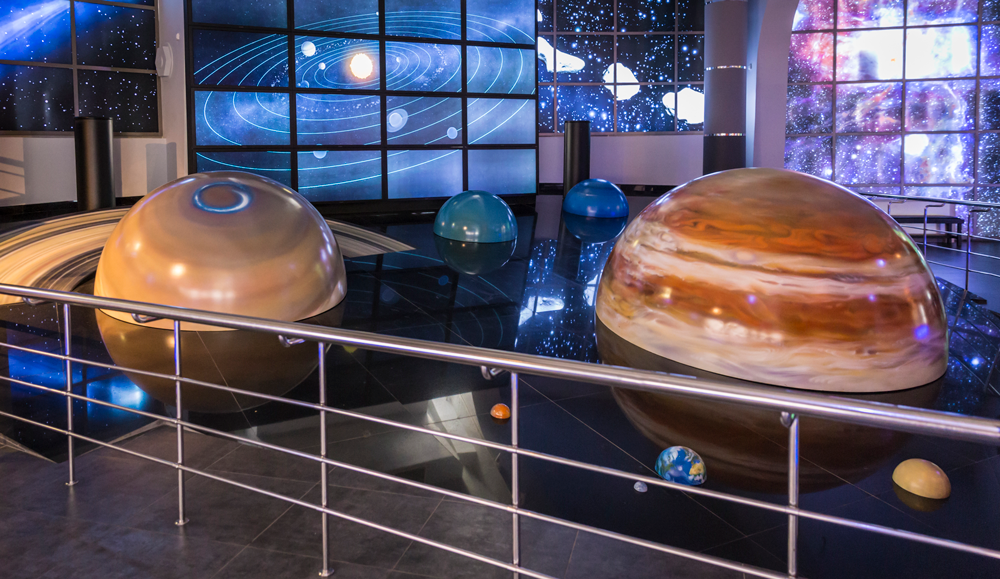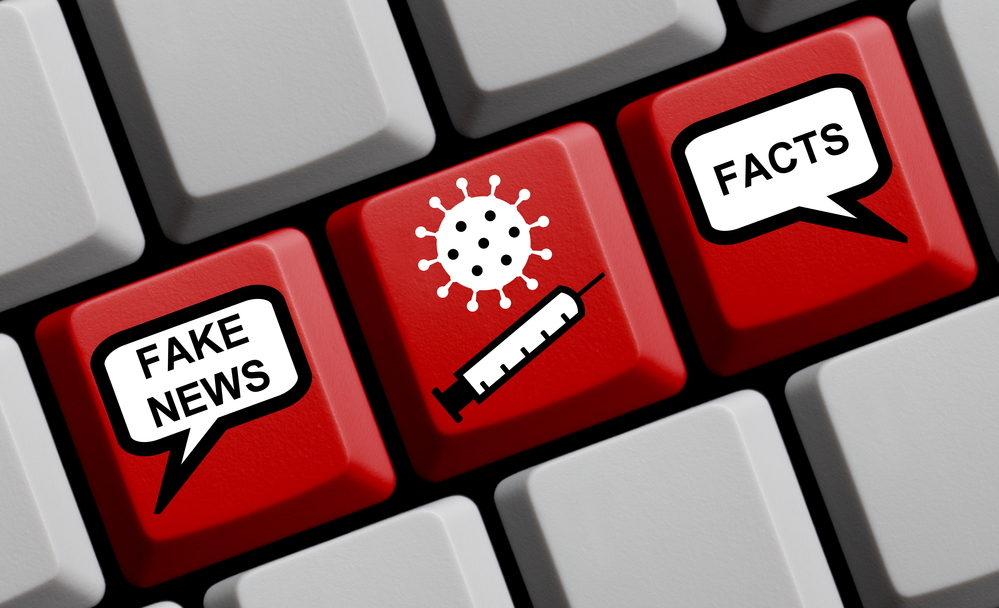SciComm Corner
Science communication advice and opinions from Scientia

SciComm Corner – Can art communicate science?
There are countless ways in which journalists, media agencies, and educators can communicate science to both expert and non-expert audiences. Some of these ways are more conventional, for instance involving the use of scientific texts, such as books, articles or press releases. Others are more sophisticated and employ technological tools, such as video-making software, digital media, online platforms, and more recently also augmented or virtual reality (AR/VR).

SciComm Corner – Feeding the world with veganism, spreading the word with SciComm
The world’s population is on the rise, and has been for some time. In 1800 there were one billion people on the planet and today there are 7.9 billion. And, according to a global population forecast by the United Nations, this figure will reach around 10.9 billion by 2100. As the population grows, so too does demand for food. The United Nations Food and Agricultural Organization (FAO) has projected that food and feed production will need to expand by 70% by 2050 to meet these needs. Can this be done?

SciComm Corner – How Virtual and Augmented Reality Could Aid Science Communication
Virtual Reality (VR) and Augmented Reality (AR) are immersive technologies that allow users to experience media content in more engaging ways, as if it was playing out in their immediate surroundings. This is achieved through the use of smart headsets, glasses, and other wearable devices with LCD or OLED screens integrated in them, such as Oculus Rift, HTC Vive, Playstation VR, and Microsoft HoloLens.

SciComm Corner – When Science Communication Meets Comedy
Science is logical, rational, and built on accuracy. Comedy is often illogical, farcical, and twists reality for humorous effect. It stands to reason then, that science and comedy don’t mix. Or do they?

SciComm Corner – The SciComm crisis surrounding COVID-19 vaccines
Following the announcements of three approved COVID-19 vaccines, when many of us were dancing for joy, anti-vaccination – or ‘anti-vax’ – proponents around the world were ramping up their efforts. Twitter posts quickly began circulating drawing comparisons between the new COVID-19 vaccines and thalidomide – the notorious medication that led to thousands of children being born with congenital disorders in the 1960s. Conveniently, the posts failed to mention that the tragedies wrought by thalidomide led to strict new regulations for clinical trials that have ultimately helped medicine to reach the excellent safety records experienced today. Science, by its very nature, is a field that recognises and develops from past mistakes.

SciComm Corner – Turning the tide against science conspiracy theories
In today’s landscape of widespread social media use, the average internet user will be no stranger to science conspiracy theories. From misleading reports of imminent asteroid impacts, to falsified statistics that appear to undermine the severity of climate change, the public is now being exposed to misleading statistics and unproven claims at unprecedented levels. While many of us have learnt to recognise the dangers of this content, it has also persuaded many others to outright reject scientific facts. As social media has come to influence so many aspects of our everyday lives over the past decade, this critical problem now seems to be growing rapidly.
ABOUT SCICOMM CORNER
As well as bringing you the latest science through our publication, we also like to share our opinions and insights about the world of science communication. Here we provide practical guidance for scientists and science communicators who desire to communicate science to a broader audience in an effective and engaging manner.
All posts are brought to you by the Scientia team and invited guest bloggers. If you would like to get involved and share your opinion in SciComm Corner then get in touch, we’d love to hear from you: info@sciencediffusion.com
Creative Commons Licence
(CC BY 4.0)
This work is licensed under a Creative Commons Attribution 4.0 International License. 
What does this mean?
Share: You can copy and redistribute the material in any medium or format
Adapt: You can change, and build upon the material for any purpose, even commercially.
Credit: You must give appropriate credit, provide a link to the license, and indicate if changes were made.
